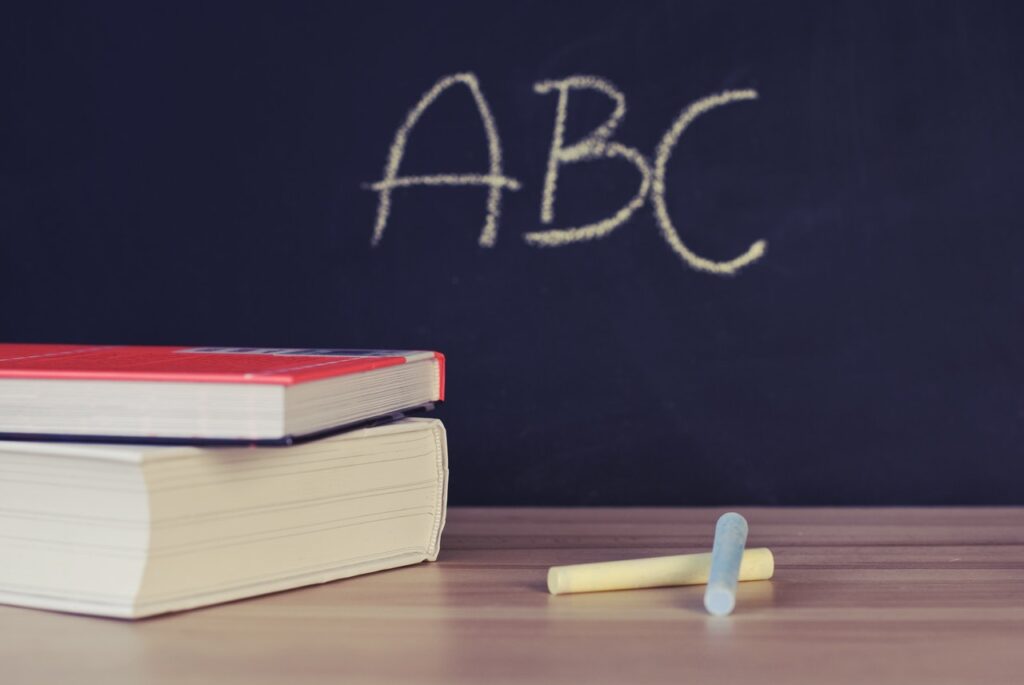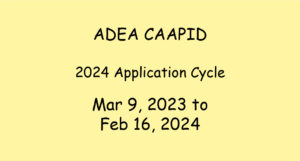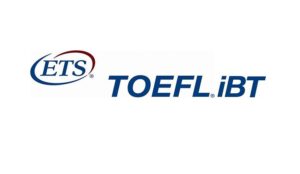It is a New Year, it is time for new beginnings… Let’s get back to the basics so we have a solid foundation. Cheers to those applying to CAAPID in 2022!
As a foreign-trained dentist, how can I practice dentistry in the U.S.?
In general, you must undergo dental training for a minimum of two years through an accredited program. This can be achieved by earning a DDS or DMD degree from an Advanced Standing Program or by enrolling in residency programs.
However, it is important to note that there are certain limitations if you intend to apply directly to residency programs, such as GPR, AEGD, ORTHO, etc. without completing an Advanced Standing Program.
What are the requirements for applying to an Advanced Standing Program?
As an international dentist seeking a dentistry license in the U.S., you should:
1. have educational credentials evaluated by the ECE
2. successfully pass the INBDE
3. have a valid TOEFL score
After these steps are completed, you are now ready to apply through the ADEA CAAPID.
How to become eligible for INBDE?
The INBDE (Integrated National Board Dental Examination) is a two-day exam testing examiners’ basic science and dental knowledge. It is one of the requirements for obtaining a dental license in the U.S., replacing the old NBDE Part I and II exams.
Graduates of international dental schools should have their credentials evaluated by the Educational Credential Evaluators (ECE) to be eligible to sit for the INBDE. Based on the country of origin, ECE requires international dentists to provide specific documents to be evaluated and prepares a course-by-course report to be submitted to the American Dental Association. Applicants can then schedule a date and time to take INBDE.
What is ADEA CAAPID?
The ADEA CAAPID is an application service that facilitates the process by sharing your documents with the dental schools you apply to. Instead of providing every document directly to multiple programs, CAAPID serves as an intermediary that relays your information and documents to most dental programs across America.
What should I provide to CAAPID?
You should first request official standardized test scores, such as INBDE and TOEFL. Additionally, you should supply academic credentials, such as transcripts and diplomas evaluated by ECE or WES to be reported to CAAPID. You only need to do this one time, as opposed to reporting the information to each school. Once they receive the official reports, most dental schools will have access to them through CAAPID.
Note: Some dental schools may request the official documents to be reported to them directly.
In addition, you will need to provide Letters of Recommendation (LORs), a Personal Statement or Statement of Purpose (SOP), CV, and some personal information. You can apply to most dental schools through CAAPID. However, there are a few select programs that ask applicants to apply to them directly.
How can I be successful in my application process?
Having a well-written Personal Statement (Statement of Purpose), powerful letters of recommendation, and a strong CV are essential keys to success in any application. You also need to make sure your CAAPID application is organized and prepared correctly. In addition, you must practice for the bench test and interview sessions, and this is why we are here to help. Our team has simplified CAAPID and the entire process for you.


